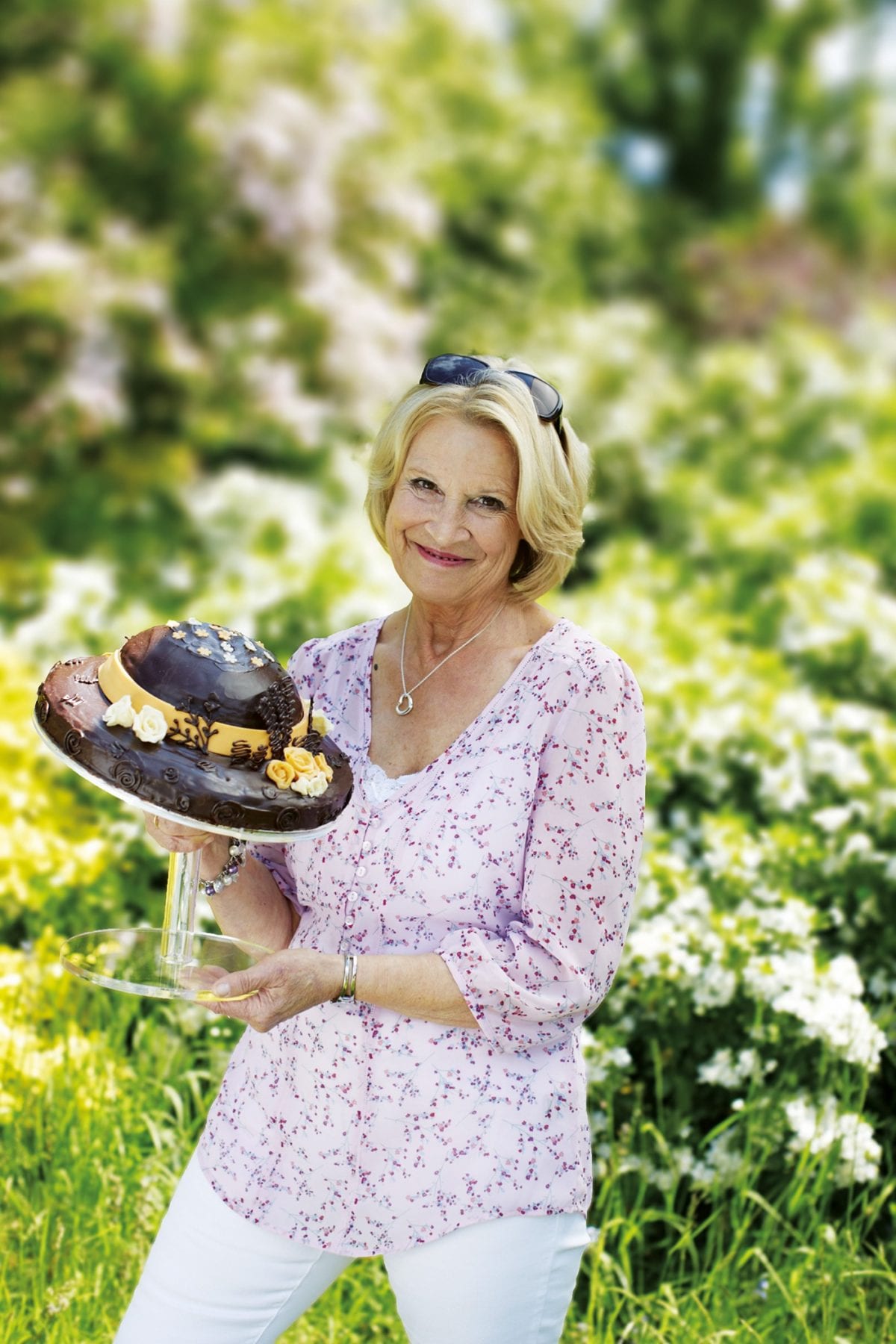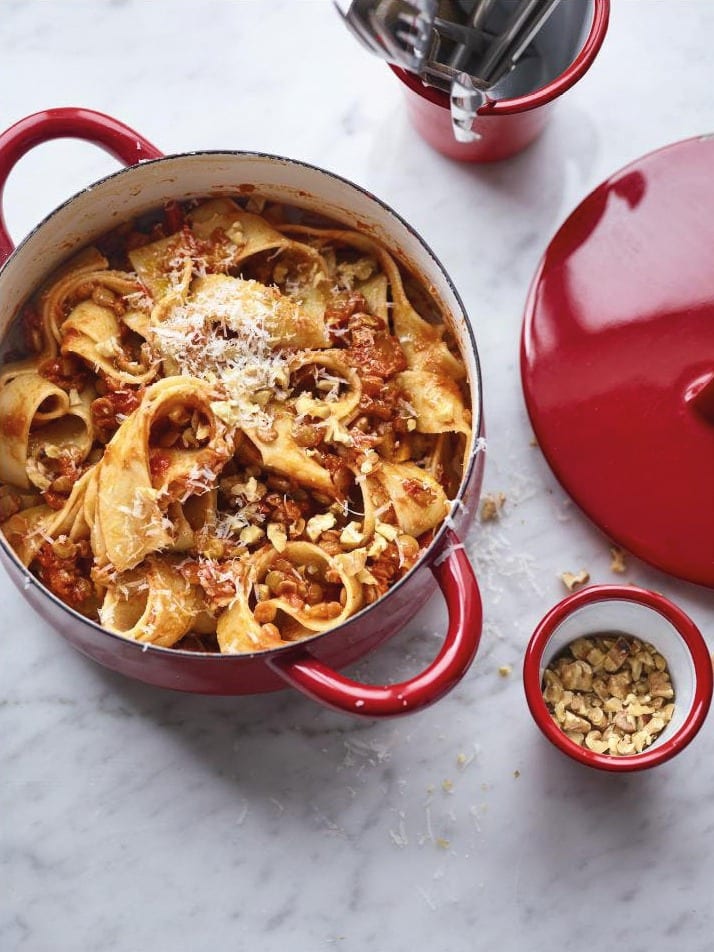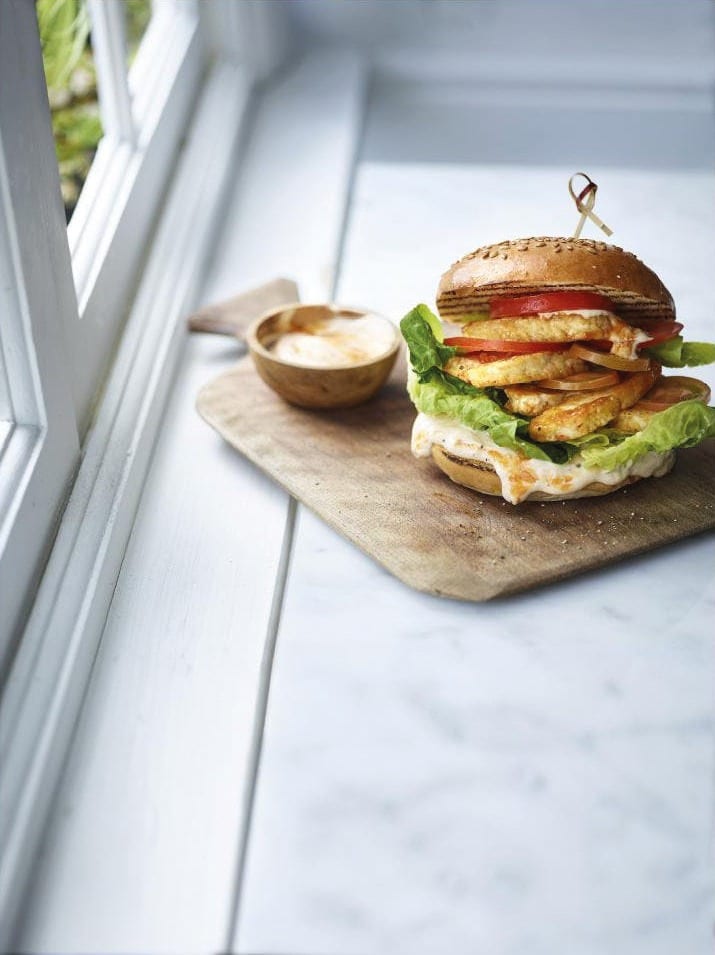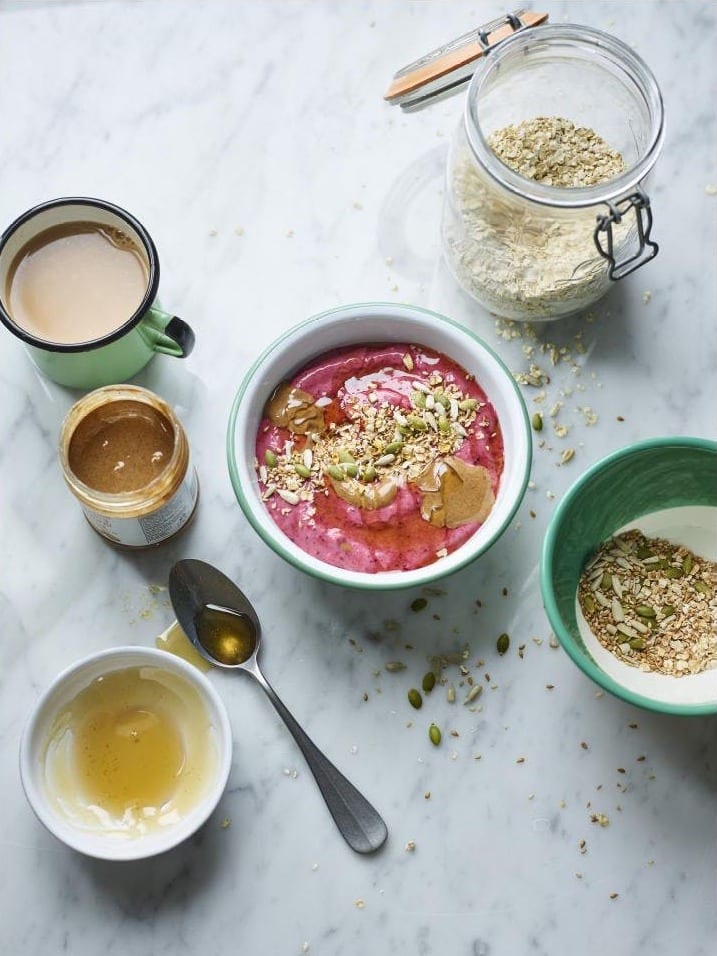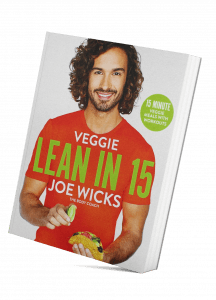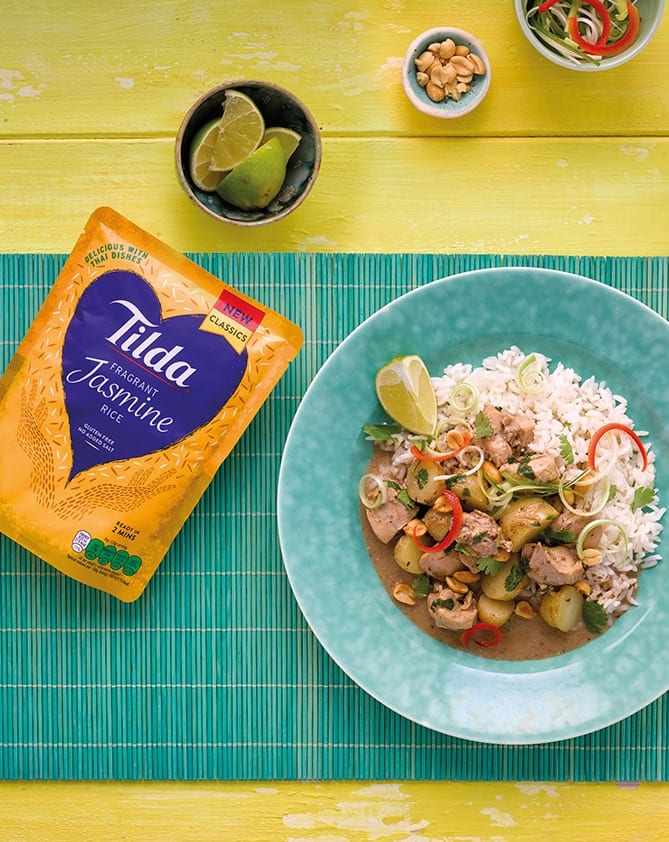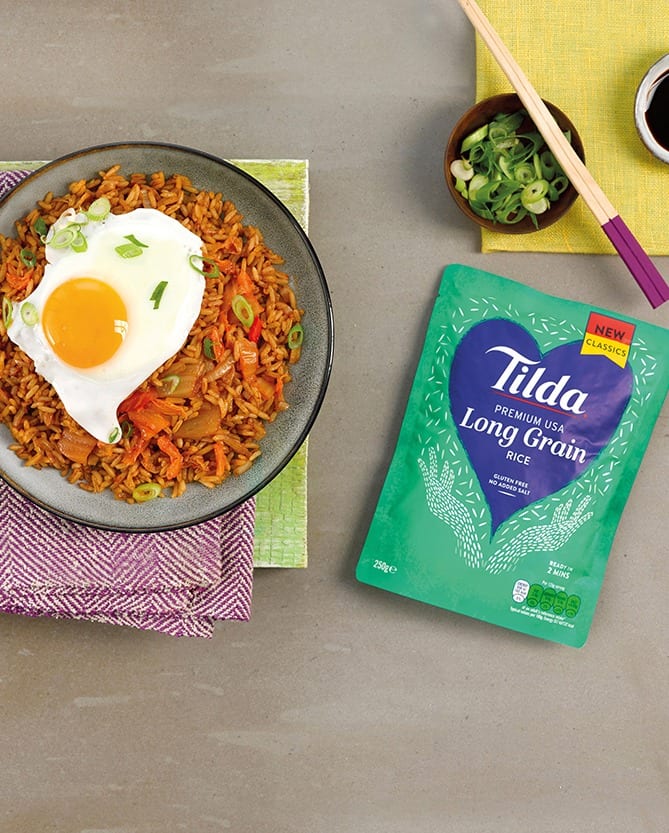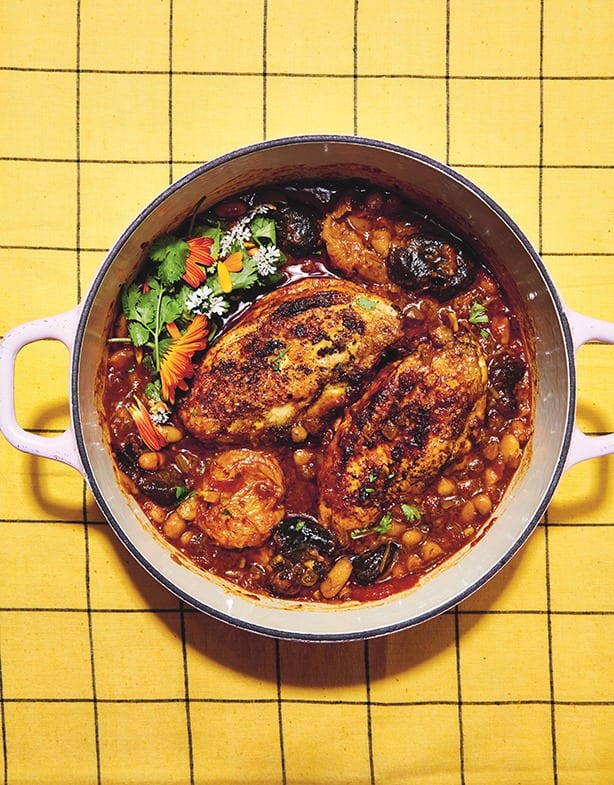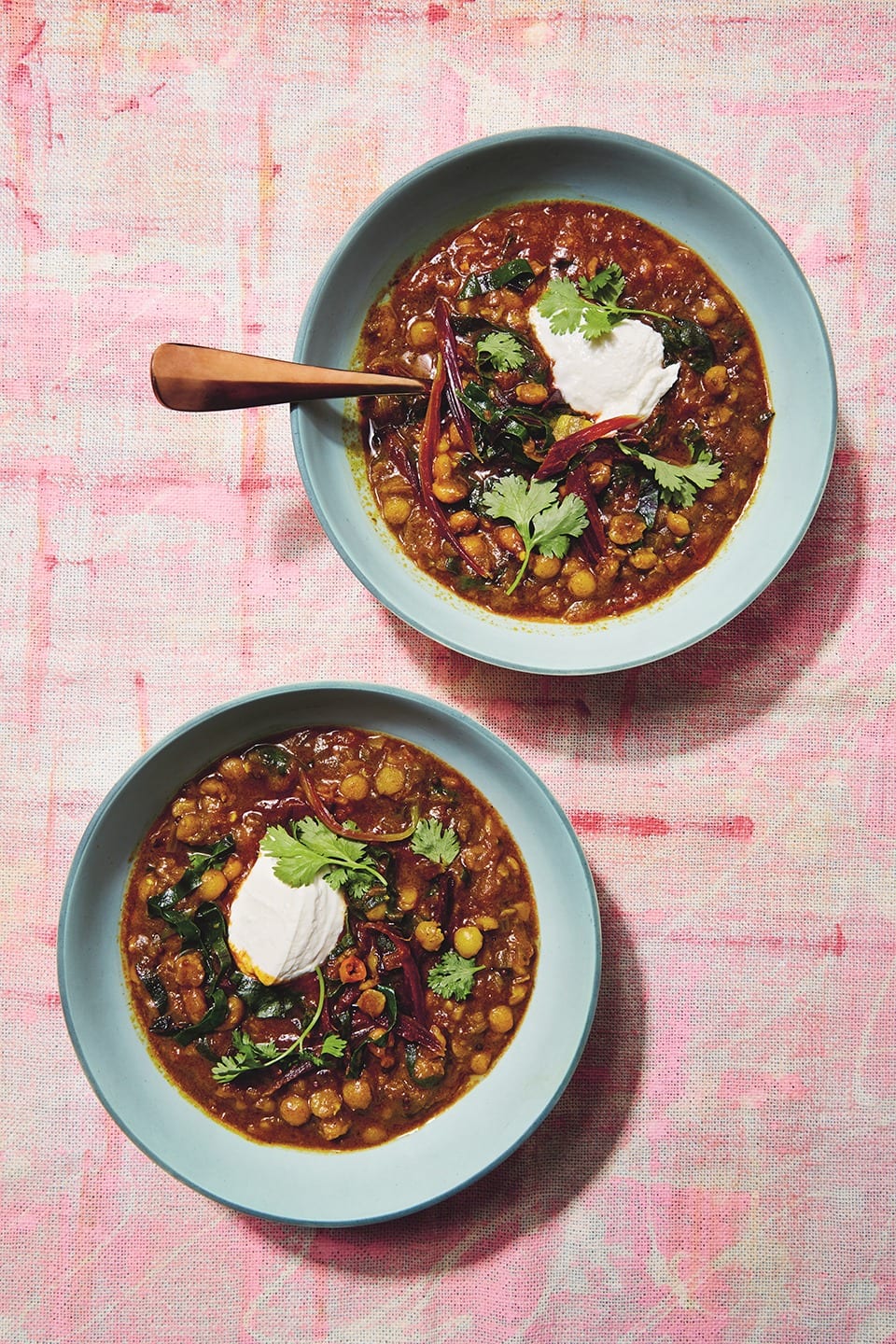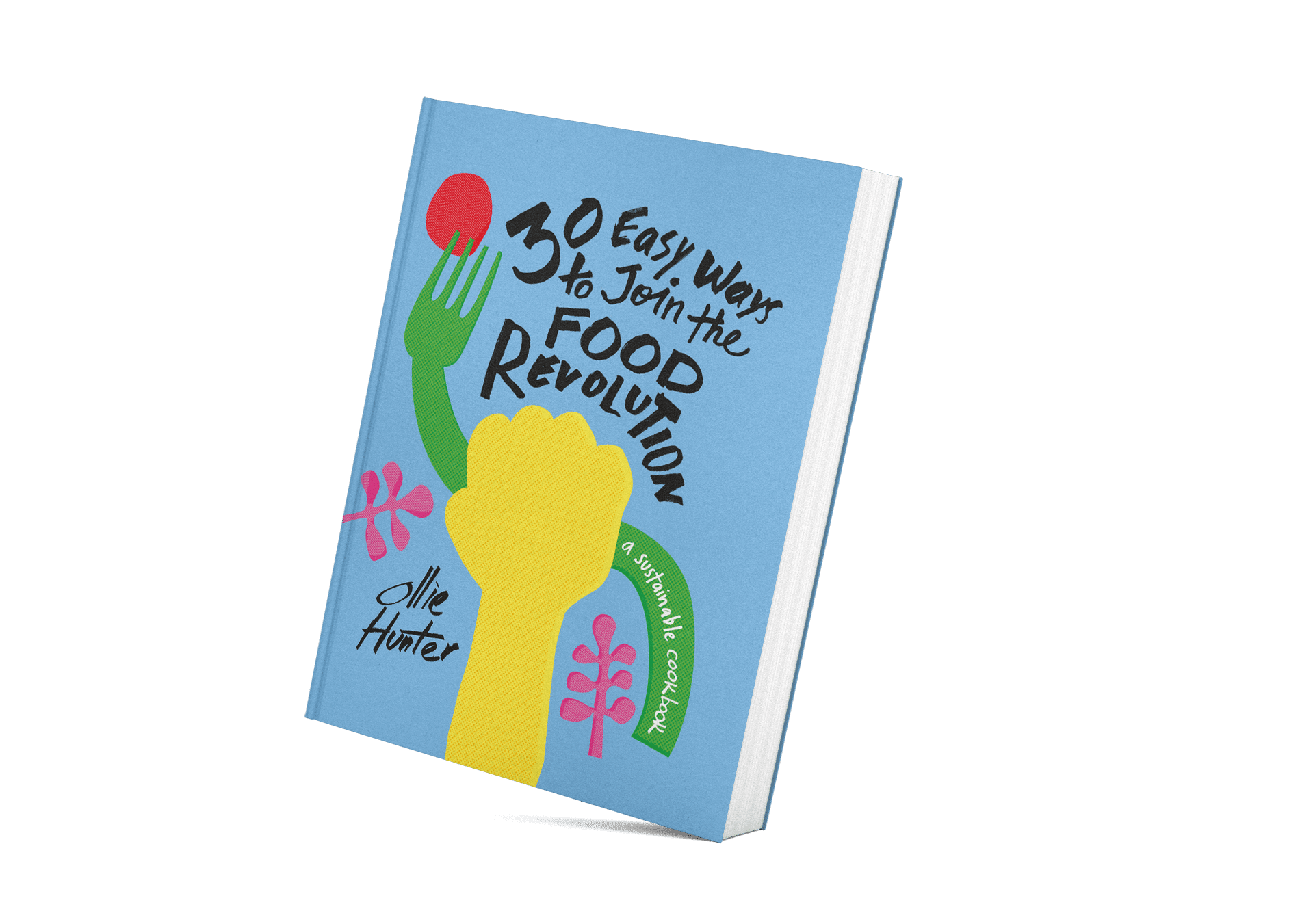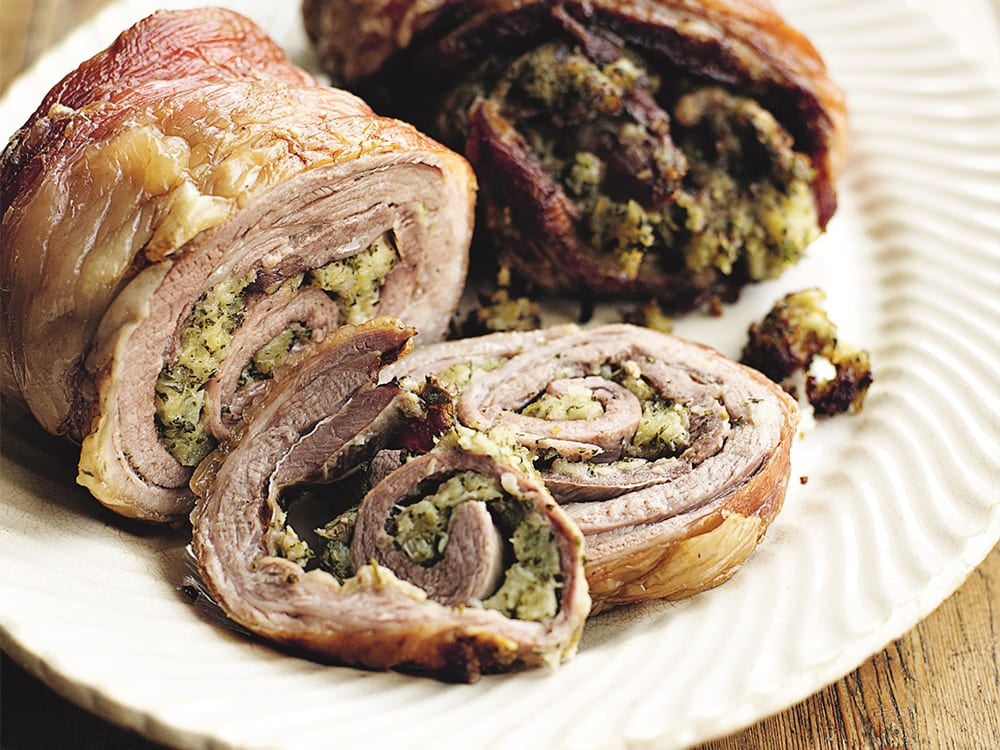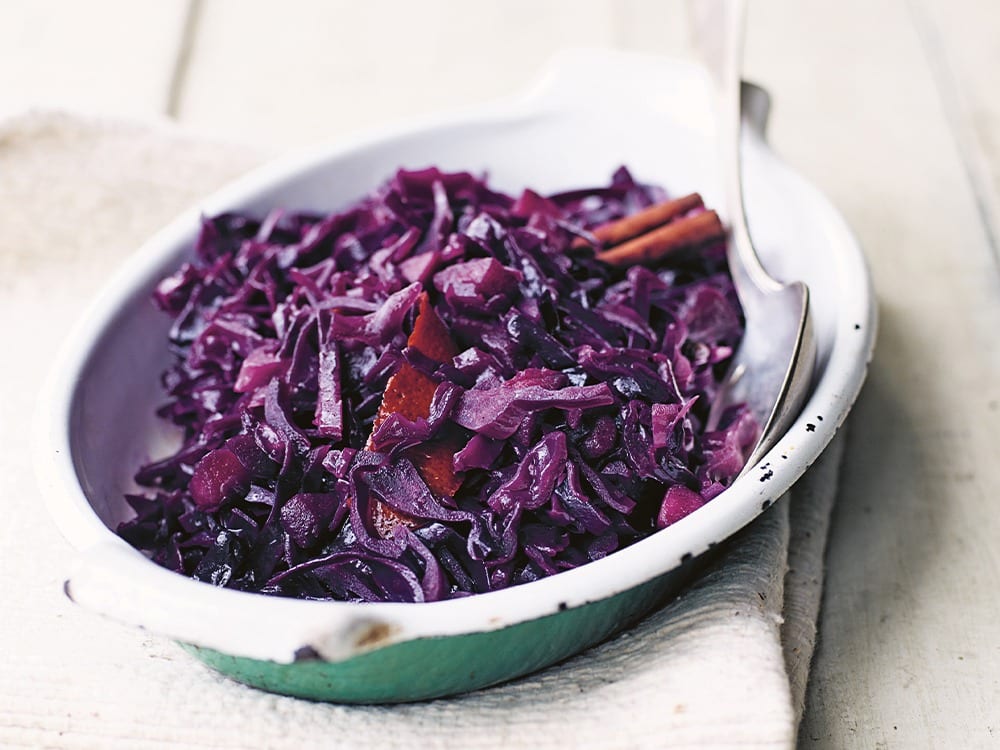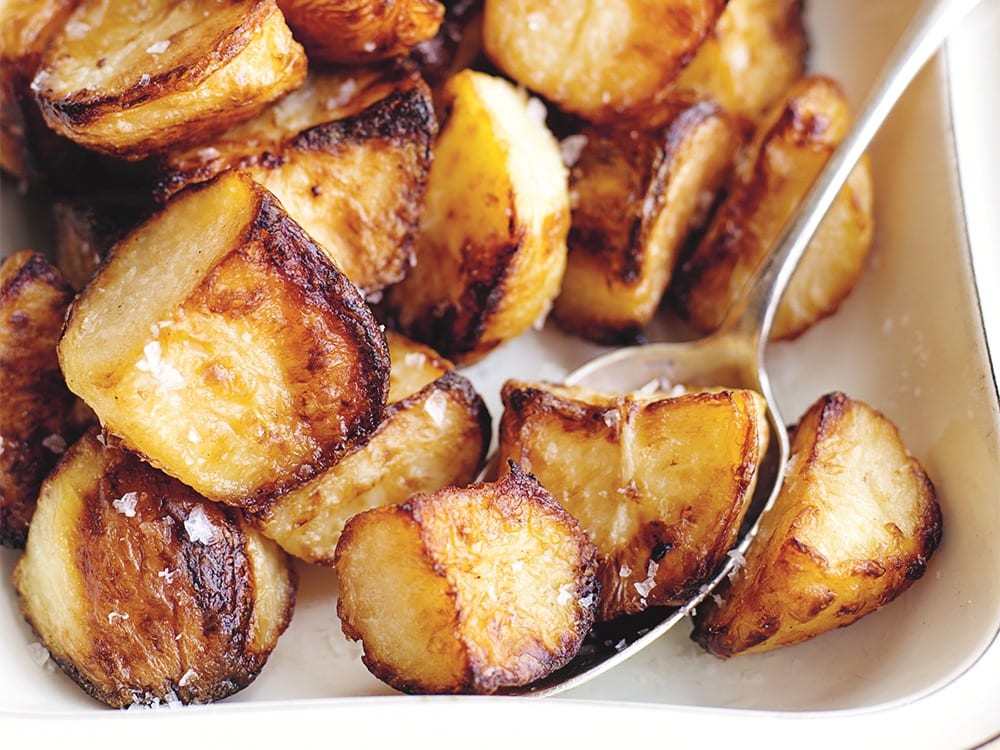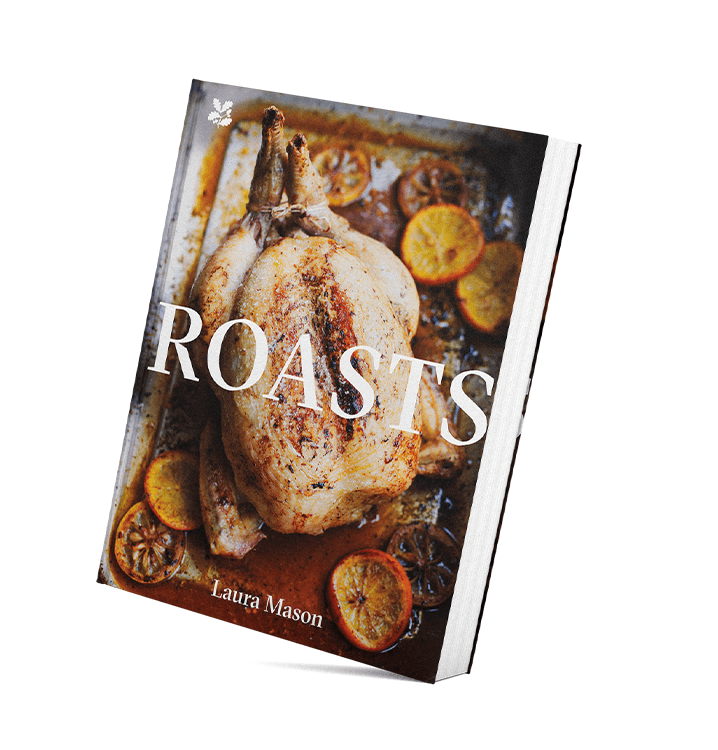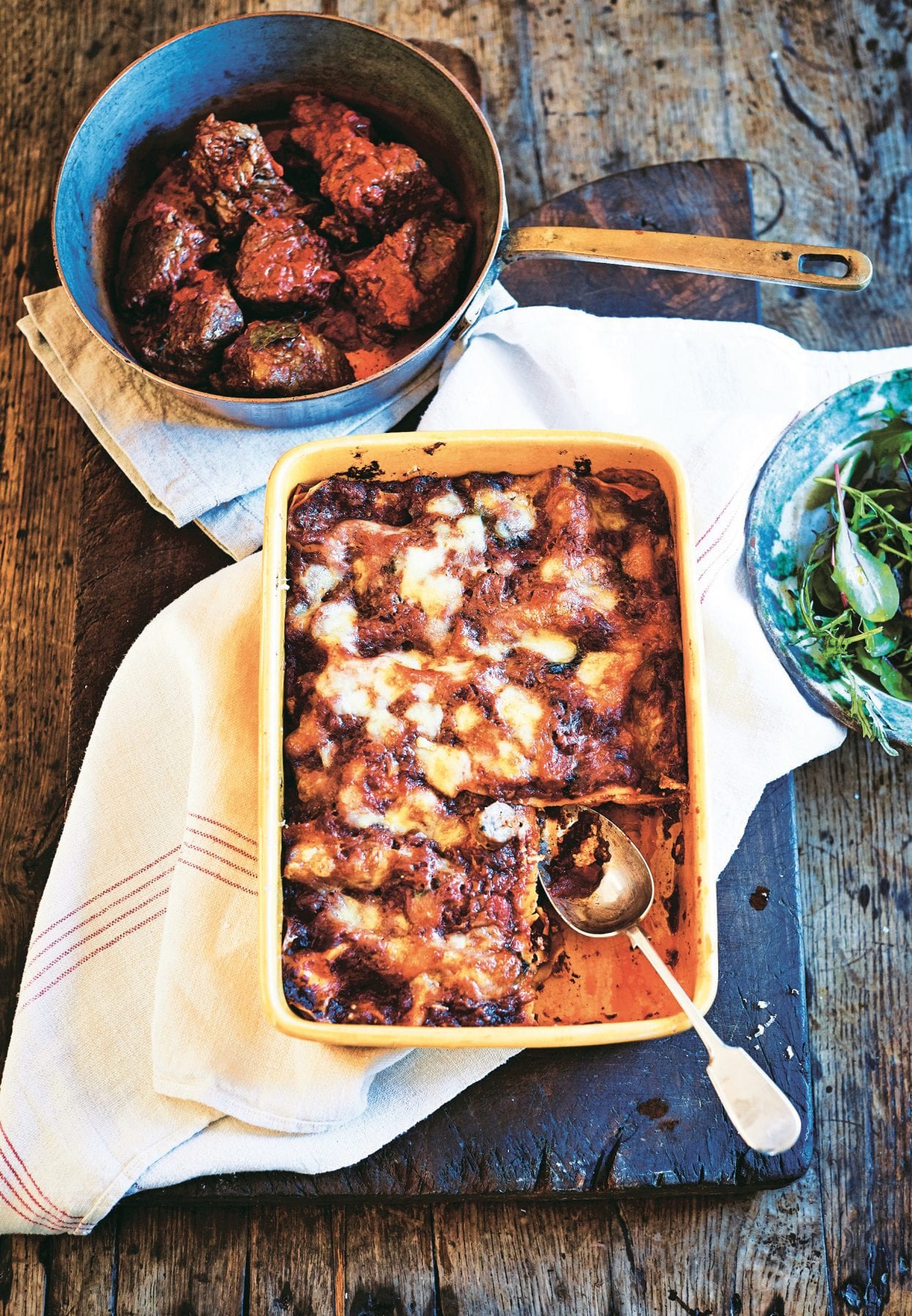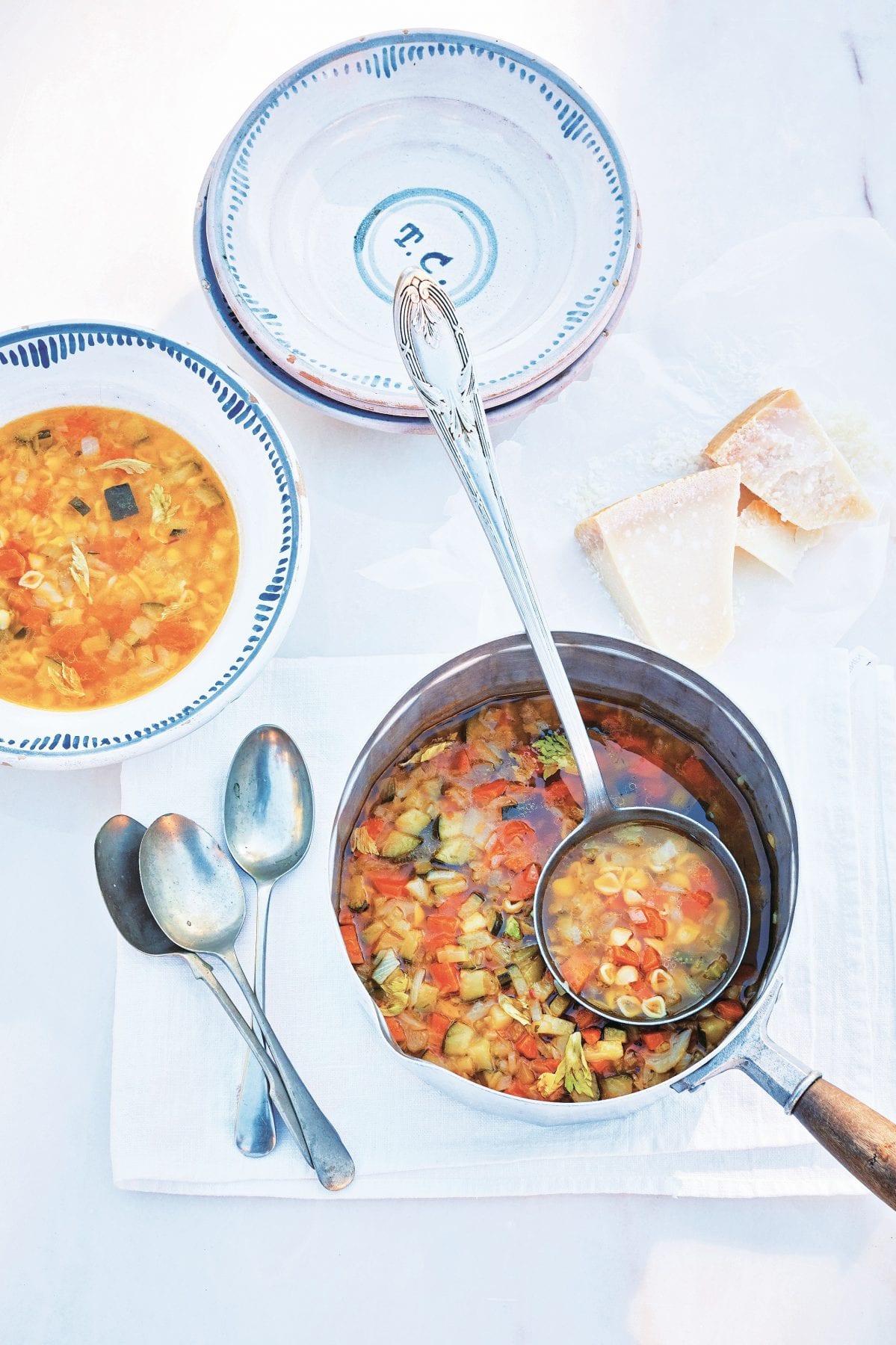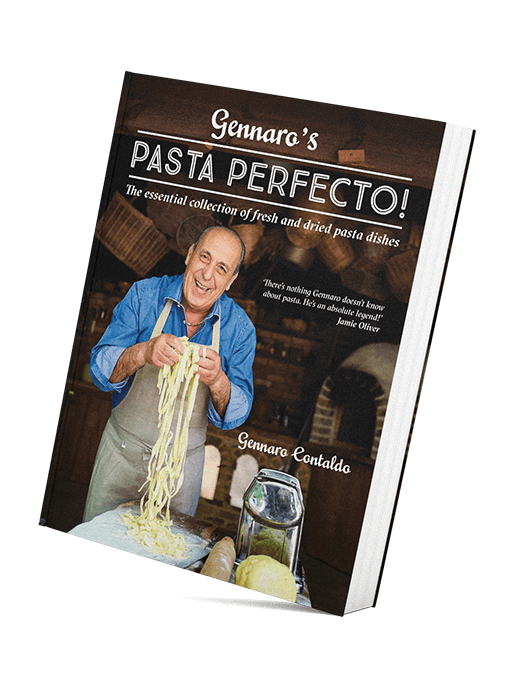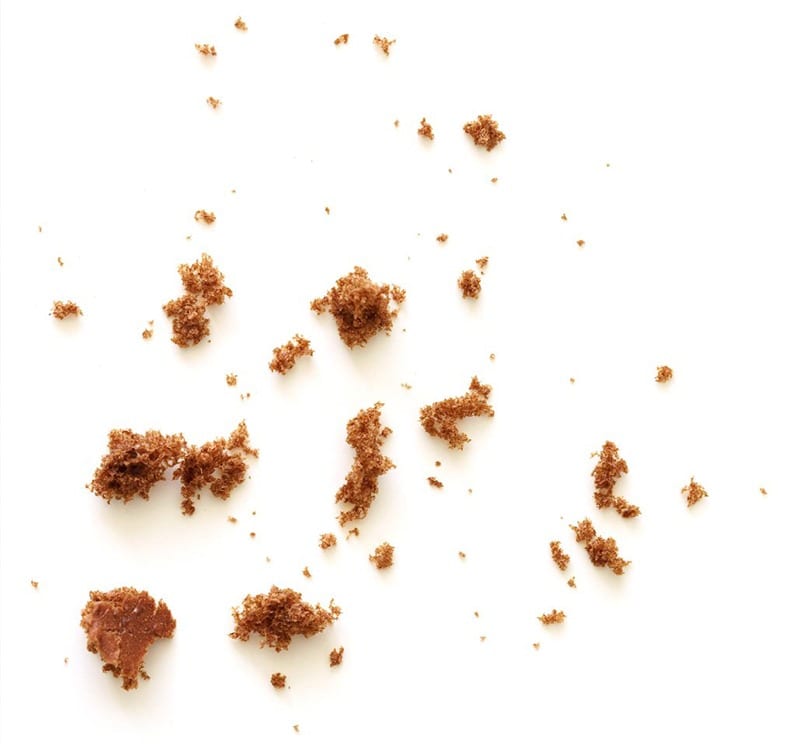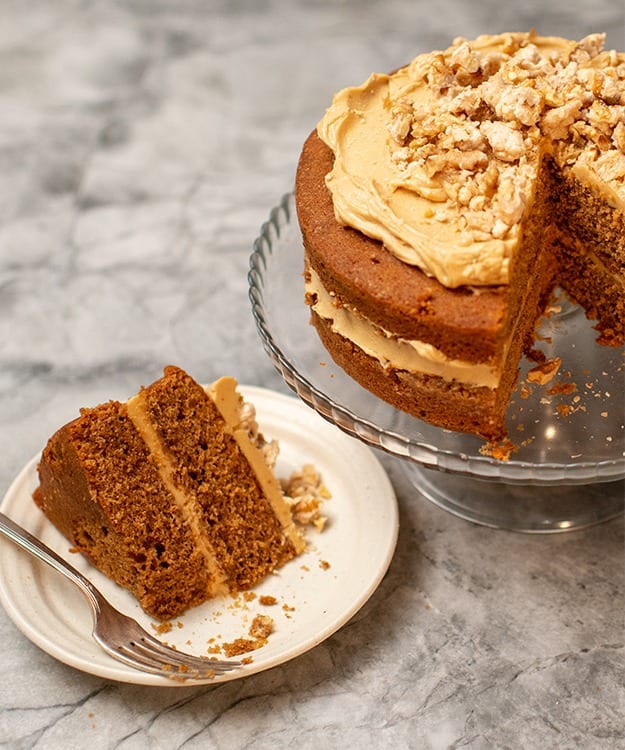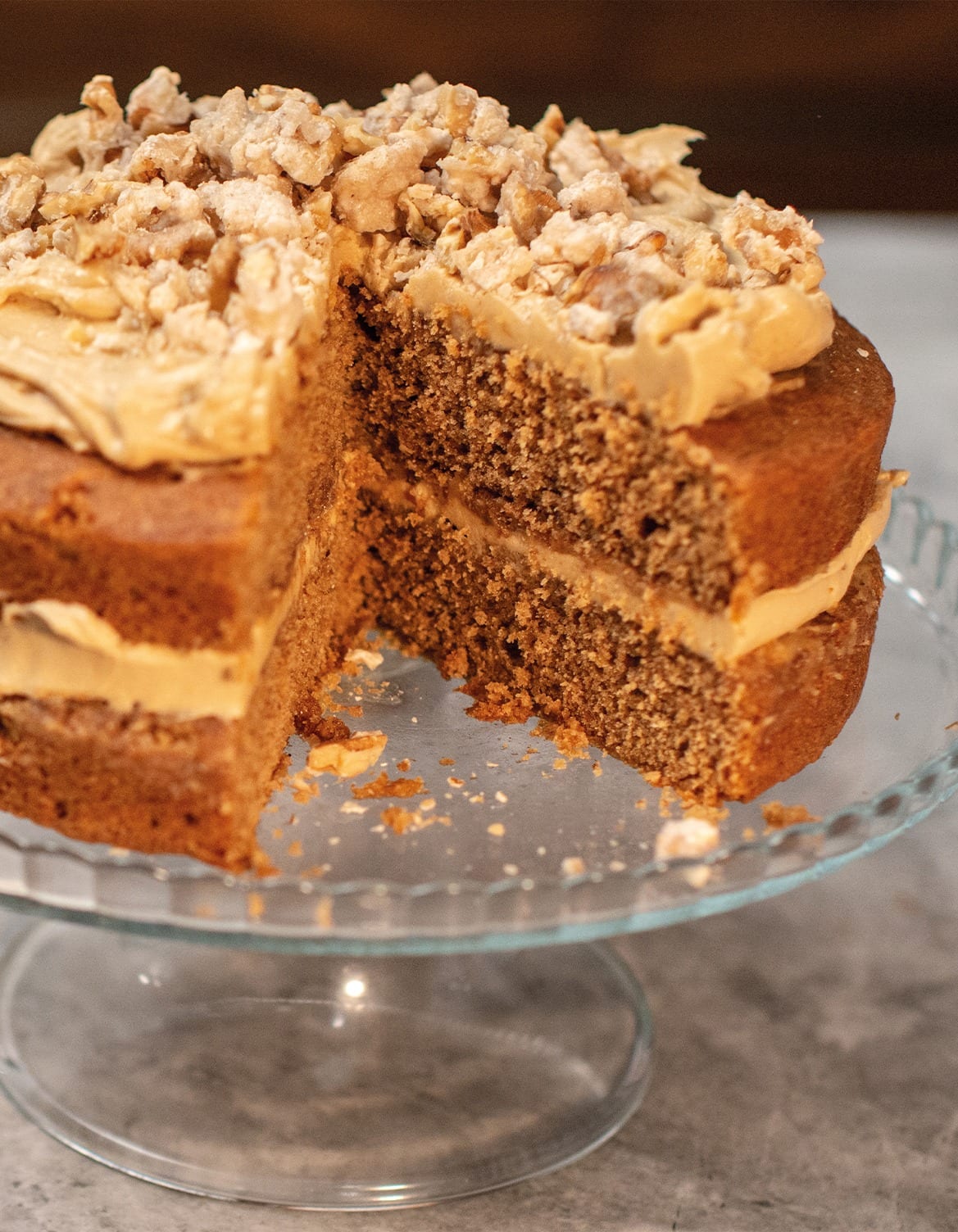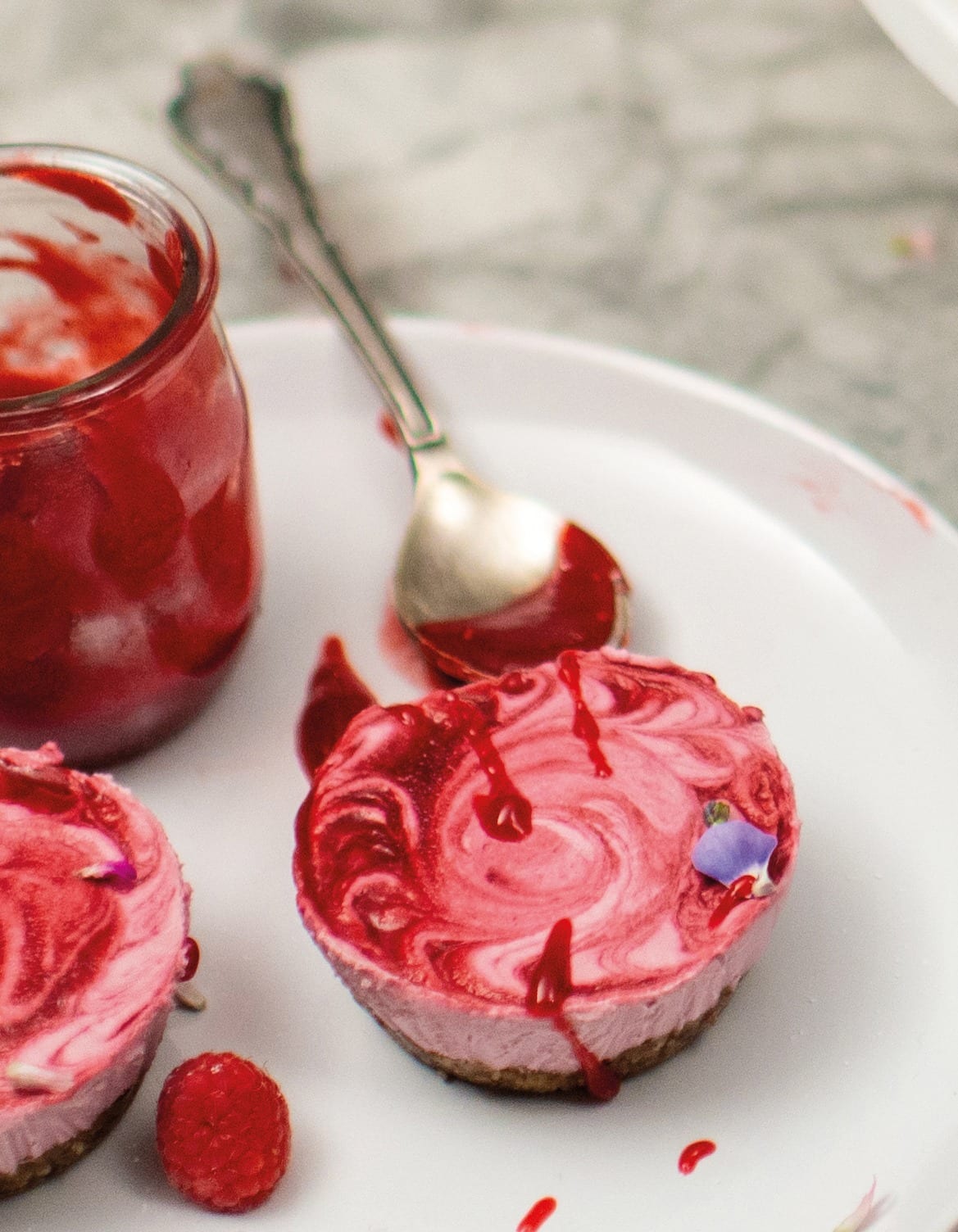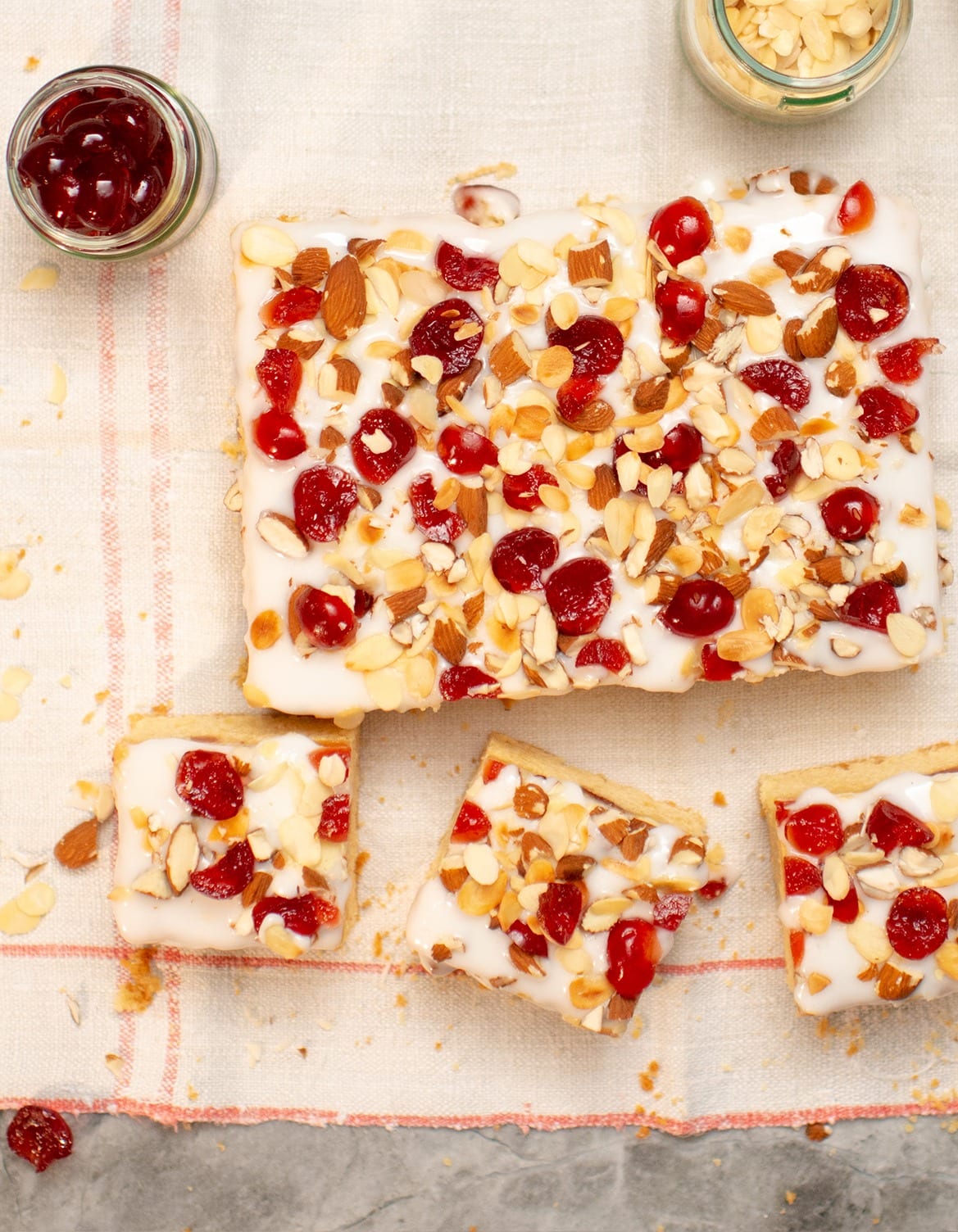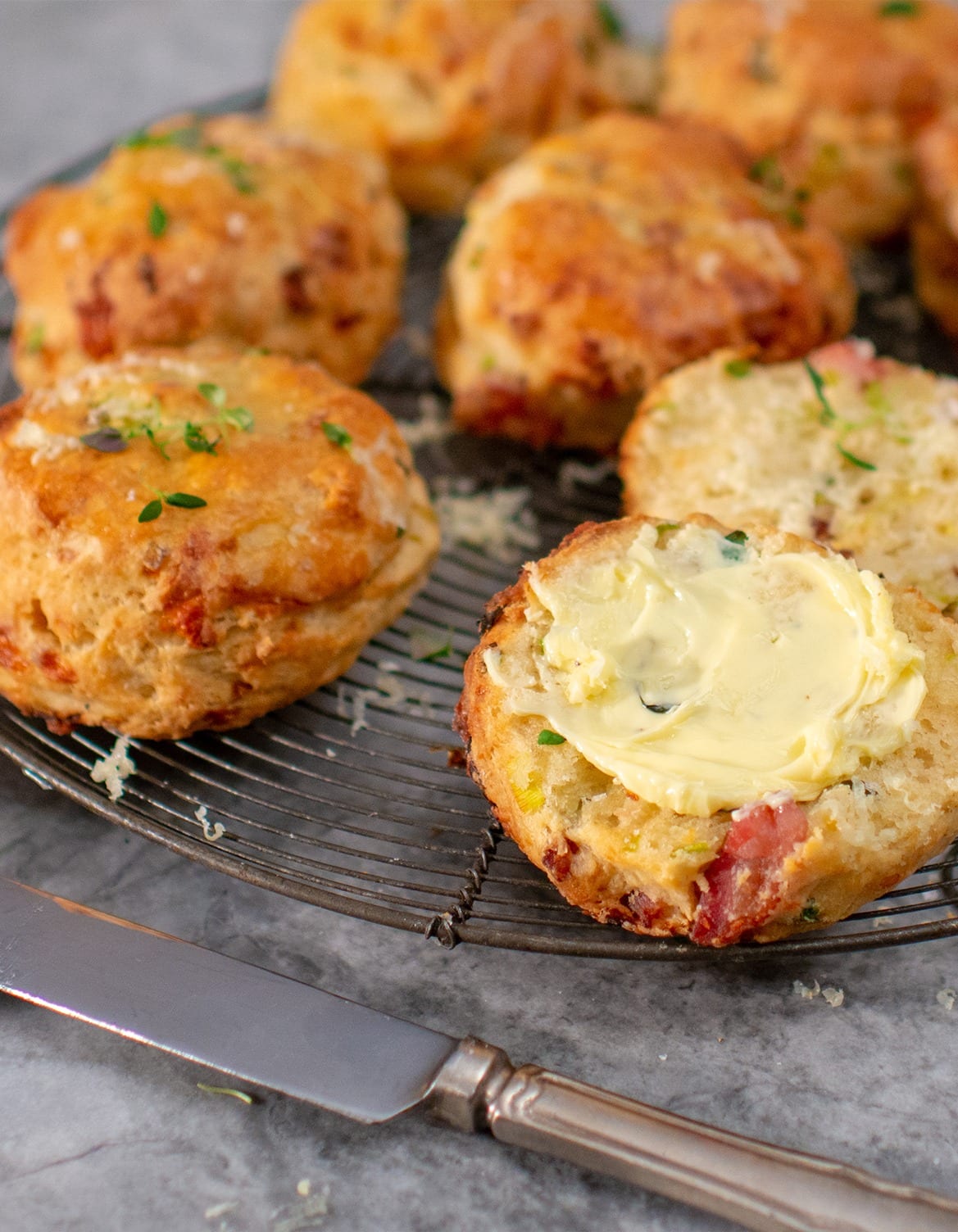Cook up some peanut butter cookies for your four-legged friends!
The award-winning team behind The Big Bakes are helping dog owners across the nation turn Barking to Baking with their new free online classes as part of a mini series helping owners make simple dog treats at home.
The Big Bakes is the UK’s first and only live baking competition, where guests take part in live bake off events in fully decked out marquees in London and Birmingham. Whilst we are all isolating at home, they are hosting an array of remote tutorials across their instagram and facebook channels to get the nation baking.
Keeping us humans company during our new indoor time is hard work for our four legged friends, so to say thanks, homeowners across the country can now bake their canine companions some special treats to say thank you.
Eloise Frank, co-founder at The Big Bakes said: “My dogs Luna and Freddie have provided me unconditional love and friendship, making life in lockdown infinitely more manageable which is why it is great to be able to return the favour and spend time together baking their favourite dog treats!”
The new mini pet baking series, available now, will see recipes launched twice weekly for an array of pets in the home. The baking team will be sharing two pet treat bake-at-home classes each week across their social media channels, airing on IGTV every Monday and Friday – make sure you look out for the cuteness overload making a guest visit in the Peanut Butter Dog Cookie recipe airing today, Monday, 6th April. All recipes use day-to-day ingredients and standard kitchen equipment found in the home.
To take part in these digital sessions, all people need to do is visit @Thebig_bakes on Instagram or The Big Bakes on Facebook where they will find a list of all the necessary ingredients needed for their up-coming class. And the good news is, there are also plenty of free baking classes on the channel for us humans too. Once people have completed their home made creations, they can share a photograph with @Thebig_bakes, in order to be in the running for a prize. Each week, the team will choose the winning amateur baker, who will receive vouchers to attend a live session later in the year.
The Big Bakes is all about bringing people together through a love of baking (and eating!) so they thought why not extend this to all members of the household, including those with four legs as well as two!
Homemade Peanut Butter Dog Cookies
Ingredients:
• ⅔ cup or 85 grams fruit puree e.g. pumpkin, banana, apple
• ¼ cup or roughly 3 tablespoons natural peanut butter (Do not use peanut butter spread that contains sugar, or additives, this should be an all natural whole nut butter suitable for animal consumption e.g. Meridian or Pip and Nut as Xylitol, the sweetener most often used in peanut butter with sugar is toxic to dogs).
• 2 large eggs
• 3 cups or 384 grams plain flour wholemeal or rye
Method:
1 Begin by preheating your oven to 180c degrees and line a large flat baking tray with baking parchment or a silicone baking mat.
2 Take your large mixing bowl and crack in your eggs and then add the peanut butter and fruit puree. Now mix the wet ingredients until combined using an electric whisk with the paddle attachment or with a wooden spoon. Remember to give it a good mix if you are using a spoon!
3 Once combined, gradually add your flour about a quarter at a time and fold into the wet mixture. If you are using an electric whisk then beat this slowly until just incorporated. Then repeat to add the rest of the flour quarter by quarter until the dough is no longer sticky.
4 Now, form your dough into a ball TIP: you may need to use your hands to do this, so dust them with some flour first.
5 Then, once your dough is bound together in a ball, dust a work surface with flour and then knead the cookie dough (use your knuckles to press firmly and turn the dough a few times) until it comes together. If you are finding the dough to be sticky just sprinkle on some more flour.
6 Then, using a rolling pin, roll the dough until it is about the thickness of a £1 coin.
7 Once rolled, take your cookie cutters (you can also make these by choosing some stencil shapes online and printing and cutting these out using a piece of card) and cut out your desired shapes and place onto the prepared baking sheet leaving a little space between each cookie.
8 Place into the oven and bake for 20-25 minutes until they start to turn a golden brown and they are firm to touch.
9 Once ready, leave to cool completely before treating your 4 legged friend to a delicious peanut butter treat!








